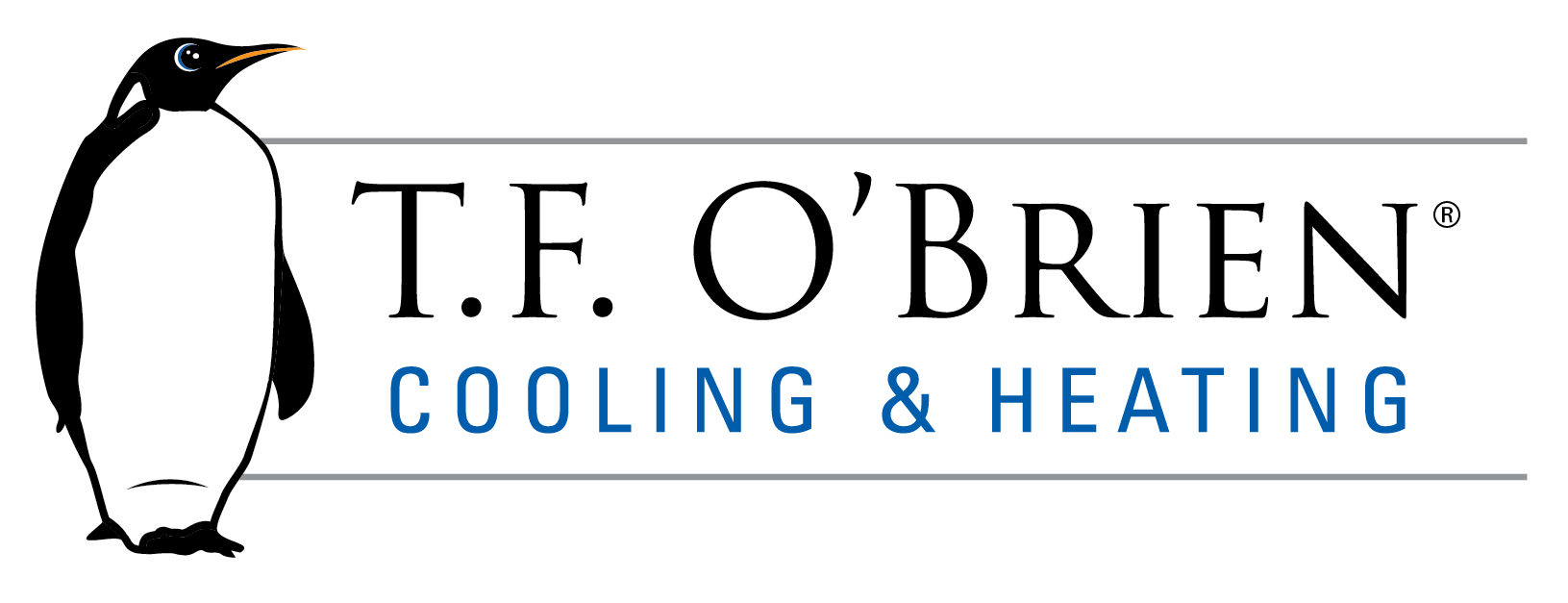 Heat Pump Not Turning On? Here’s Some Things You Can Do
Heat Pump Not Turning On? Here’s Some Things You Can Do
When your heat pump starts to give you trouble, it’s only natural to want to find the simplest and most affordable solution. That’s why we’ve compiled a list of simple and more importantly, safe heat-pump troubleshooting tips for Long Island homeowners.
Often, the source of simple heat pump problems ends up being the thermostat. Many homeowners simply forget to switch their unit over to heating mode at the beginning of winter. The issue may even be the temperature setting itself; if you don’t have your thermostat at least three degrees higher than the current temperature, your system may not immediately kick on.
Another common culprit is the power source. Many heat pumps actually have a power switch located on the indoor unit; if this is the case with your system, check to make sure that the power is, in fact, switched on. You may also want to ensure that all of your service panels are securely in place, as some systems will not operate when these doors are left open. If neither of these issues seems to be the problem, check your circuit breaker.
You may also find that your system tends to blow cold air initially. Sometimes, this is due to ice buildup on your outdoor unit. Once your system has a chance to defrost, you may find that it goes back to heating normally. However, if the ice buildup becomes too great, or if the defrost cycle fails, you may need to consult a trained professional.
If the main issue seems to be insufficient heat during colder portions of the winter, you may need to consider switching to your backup heating system. As heat pumps move heat energy from outdoor air into your home, extreme temperatures can significantly inhibit system efficiency. That’s why most heat pumps come with backup burners.
If these heat-pump troubleshooting tips don’t get your system working properly, you may be in need of professional assistance. For an expert consultation, contact T.F. O’Brien Cooling & Heating today.
Photo courtesy of Shutterstock.
